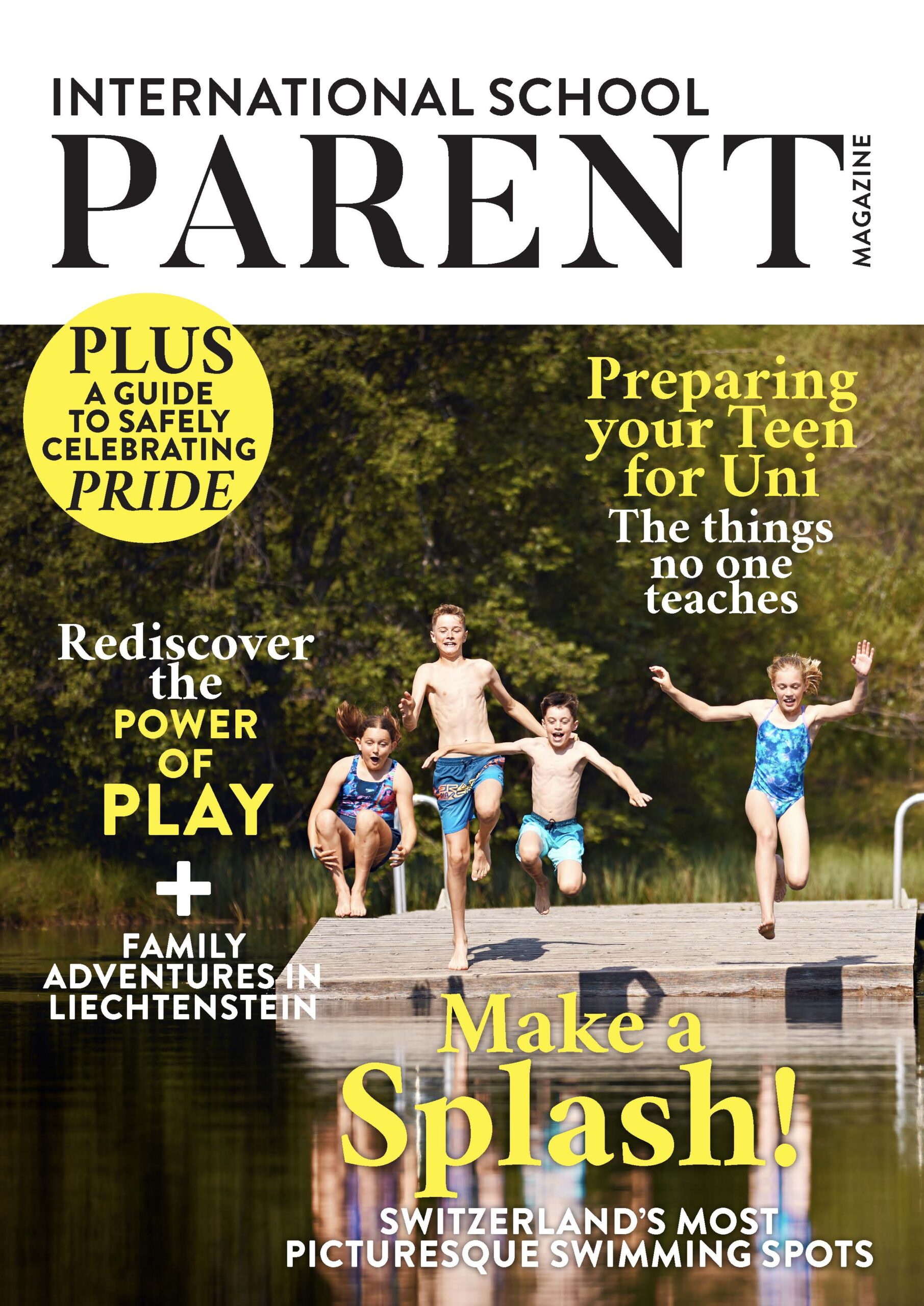The Wonder of Gardening – from one generation to the next
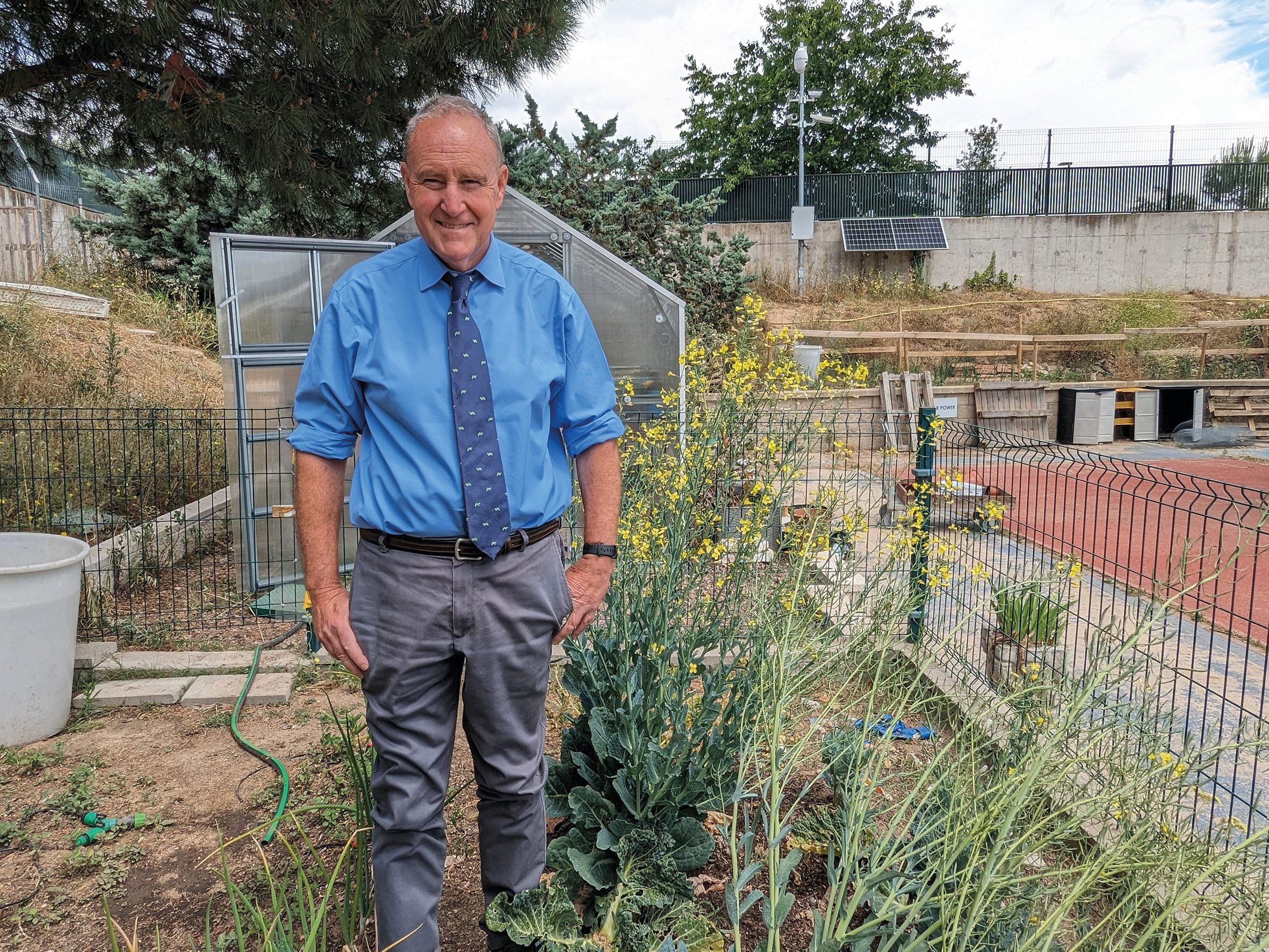
By Ben Weinberg, Headmaster, American School of Madrid
I learned to garden with my mother in a patch of rocky soil on Gotts Island in Maine. My mother had learned her gardening habit with her grandfather when she was a girl. My mother grew up in New York City and her grandfather’s place out on Bailey Island was a place of solace and wonder for her. As we dug the stones out of our tiny patch and planted seeds for curly cress and lettuce we listened to the wind in the spruce trees and the waves against the shore and without words, that same sense of wonder she had experienced years ago was transmitted to me. From her, I learned to bury what would be garbage and to look for whatever was at hand to build the soil. I have been a gardener ever since. My life is a series of gardens dug out of clay and sand, ringed with the rocks I dug out, enriched with compost and seaweed, manure and bedding; leaves in the fall, and grass clippings in the summer.
60 years later, as headmaster at the American School of Madrid, I brought a log from my compost pile to a Grade 9 biology class. The teacher wanted the class to “dissect” the log and discover the life inside. I visited as the class began. I was struck by the squeals and how students backed away from the log, how they only reached out tentatively. Except for one girl. She tied her hair back and got into it.
“You’ve been in a garden before.” It wasn’t a question.
She looked at me, like, of course.
The class filled out the sheet and drew their observations but while they might have achieved the standard, only the garden girl got to the heart of the lesson. She got her hands dirty and literally dug into the log, tracing the complex network of life inside.
Since then, I have made a regular thing of bringing compost and my worm friends into Kindergarten classes. You can’t wait for Grade 9 biology.
Look, they say. The worm is dancing on my arm.
I can see the segments. For those of you not well-versed in worm anatomy, a worm’s body is made up of segments.
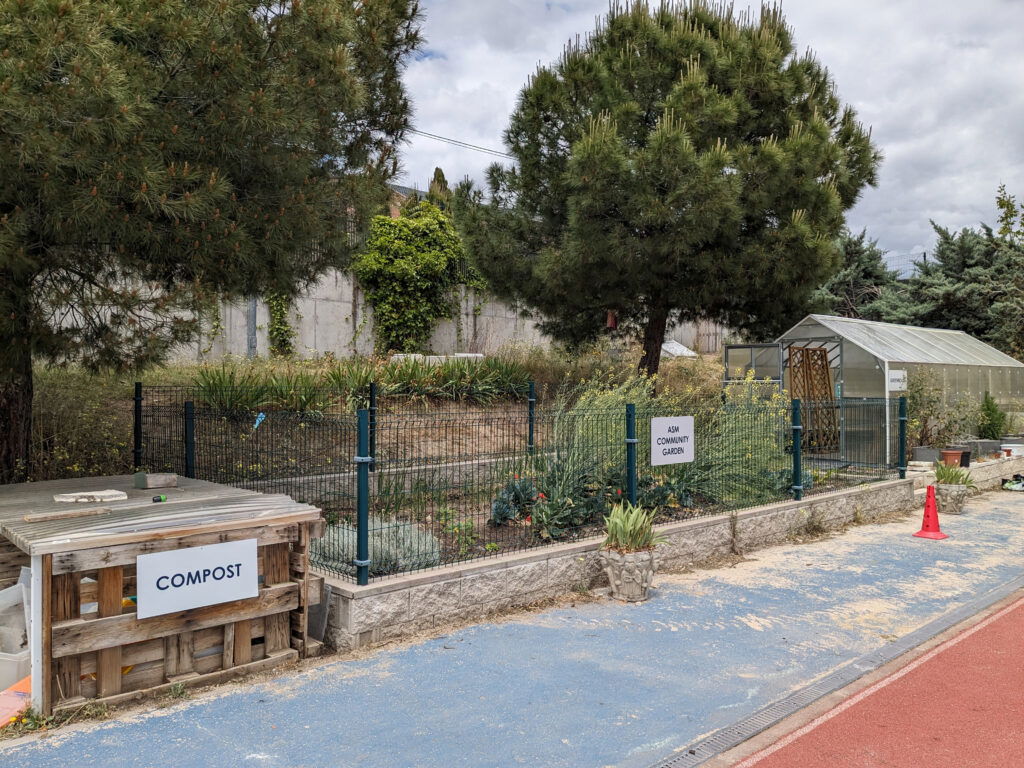
They squeal. They are 5 years old after all, but after they squeal they get into the heart of the lesson. They find the magnifying glasses and microscopes to get a closer look. They make habitats for their new friends to learn how the worms mix soil and turn our waste into nutrients for new growth.
Many of our students live in apartments or have limited access to gardens. Their experience of nature is the theme park version they visit on family vacations when they are too busy being ferried from activity to activity to slow down enough to meet a worm friend or hear the wind in the spruce trees or the waves against the shore.
We have had several attempts as a school to introduce students to gardens and gardening. Our school garden began with a good intention and high expectations. The teacher who got it going had an idea of crops being harvested but no sense of the investment in soil that would be necessary. Another teacher was inspired by the concept of a greenhouse. The greenhouse was built but the teacher moved on. The plot and the greenhouse sat idle until another gardener showed up by chance.
Taylor hails from Houston and was working on a farm north of Madrid. I showed her the abandoned greenhouse and the weed-choked garden patch. She saw potential and land just waiting to be put to use. The garden began as an after-school activity. The kids scratched the hard ground with plastic tools while Taylor wielded a hoe. But the seeds sprouted and the kids took home mint and rosemary, lettuce, and radishes. They were hooked and the next year more joined the club and we went from Taylor on her own to Team Taylor. The Middle School began a gardening elective. Middle School and Upper School Tech classes installed a solar panel, built compost bins, designed fences to keep out the rabbits, and installed an irrigation system. Each afternoon the kids wielded hoes and the garden grew. One compost bin became two, then three. Taylor convinced the maintenance team to bring all the grass clippings and leaves to the compost area. She worked with the cafeteria to collect all their vegetable scraps. Other teachers collected coffee grounds. Classes made compost containers for snack leftovers.
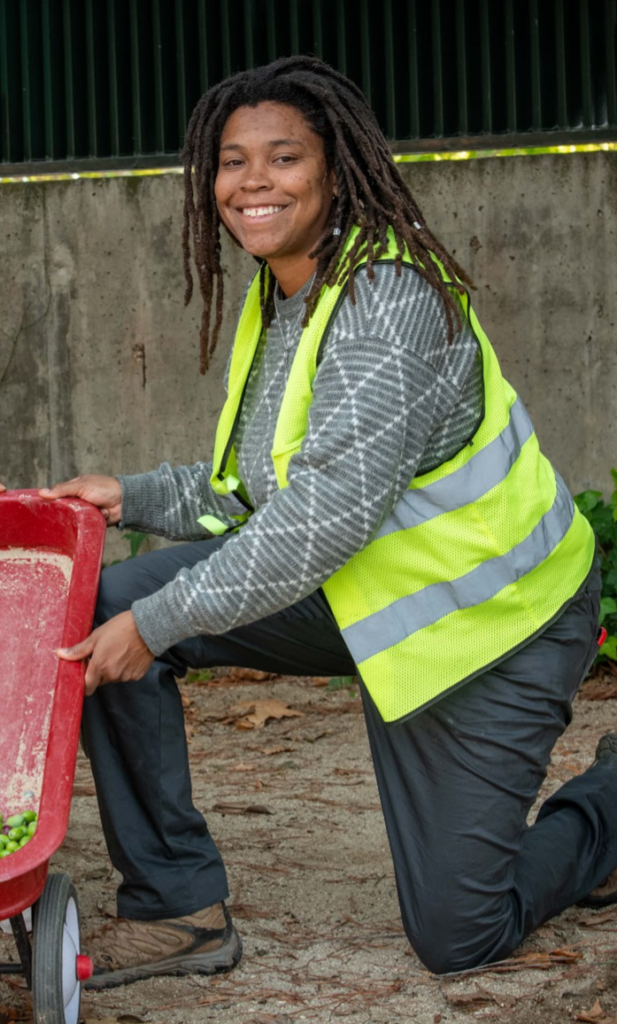
You get the point I am sure, but I will spell it out. It is a gardening article and growing from seed to fragile seedling to sturdy plant takes time and attention. It takes a gardener. But it rallies a community. It teaches sharing and the value of hard work. The garden gives back.
Recently, the U.S. Embassy Green Team came to visit. They wanted to learn about composting. They wanted to do better. They brought a donation of fruit trees and berry bushes but they came to learn. From the kids. The Garden Club took them on a tour of the garden. They turned the compost pile to mix in the day’s contribution from the cafeteria kitchen. They demonstrated the compost screen and carefully explained the proper technique for wielding a hoe. They loaded the Green Team with lettuce, onions, and herbs for salads. Farmers share, they explained.
At the end of the visit, we circled up. Kids and diplomats. Teachers and administration. Our hands, dirty of course, went to the center. No farmers, no food, we chanted.
There are lessons you can’t learn from books or in a lecture. These are the lessons you learn in a garden. If your school does not have a garden, come visit ours. Farmers share.
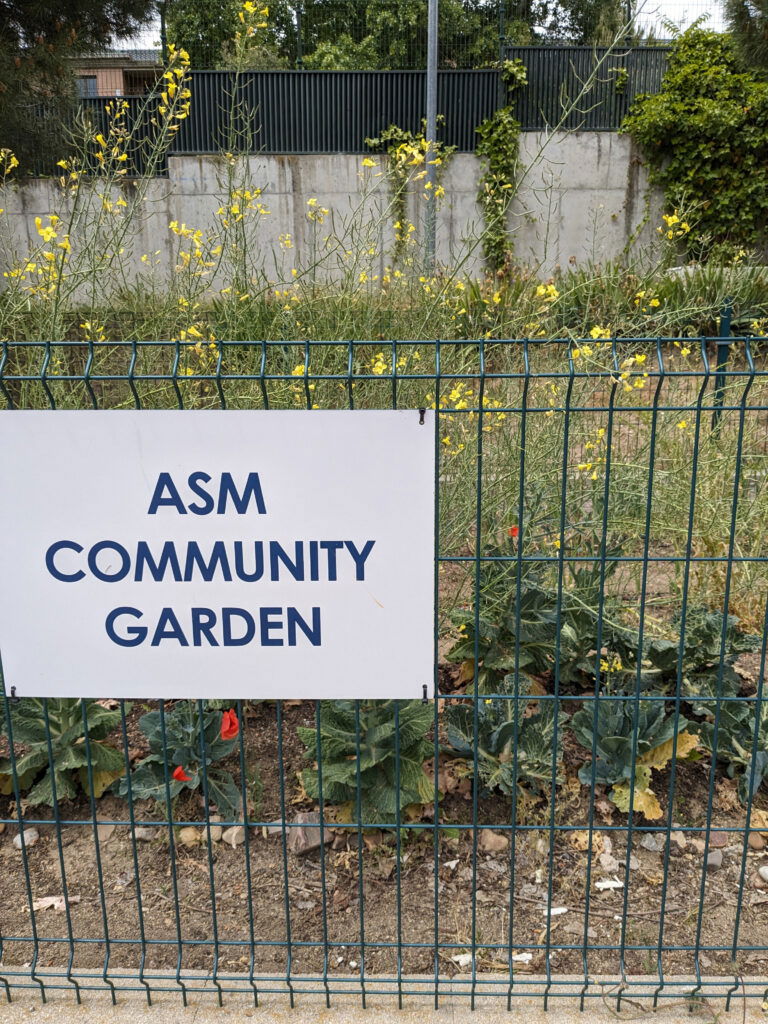
About the American School of Madrid:
The American School of Madrid (ASM) is a leading private, not-for-profit school serving students of all nationalities. ASM is committed to excellence in teaching, learning, and research, and to developing students who can make a difference globally.
We empower lifelong learners to take on challenges and thrive, care for others in our diverse international community, and think globally and creatively toward a better future.
About the Author: Ben Weinberg

Ben worked for many years as a commercial fisherman, organic farmer, builder, and writer, before becoming an educator. He taught in Vermont and Maine in the U.S. before moving to South Africa and then Spain.
Education is Ben’s source of inspiration and hope. It is where he finds new energy and wonder every day.
